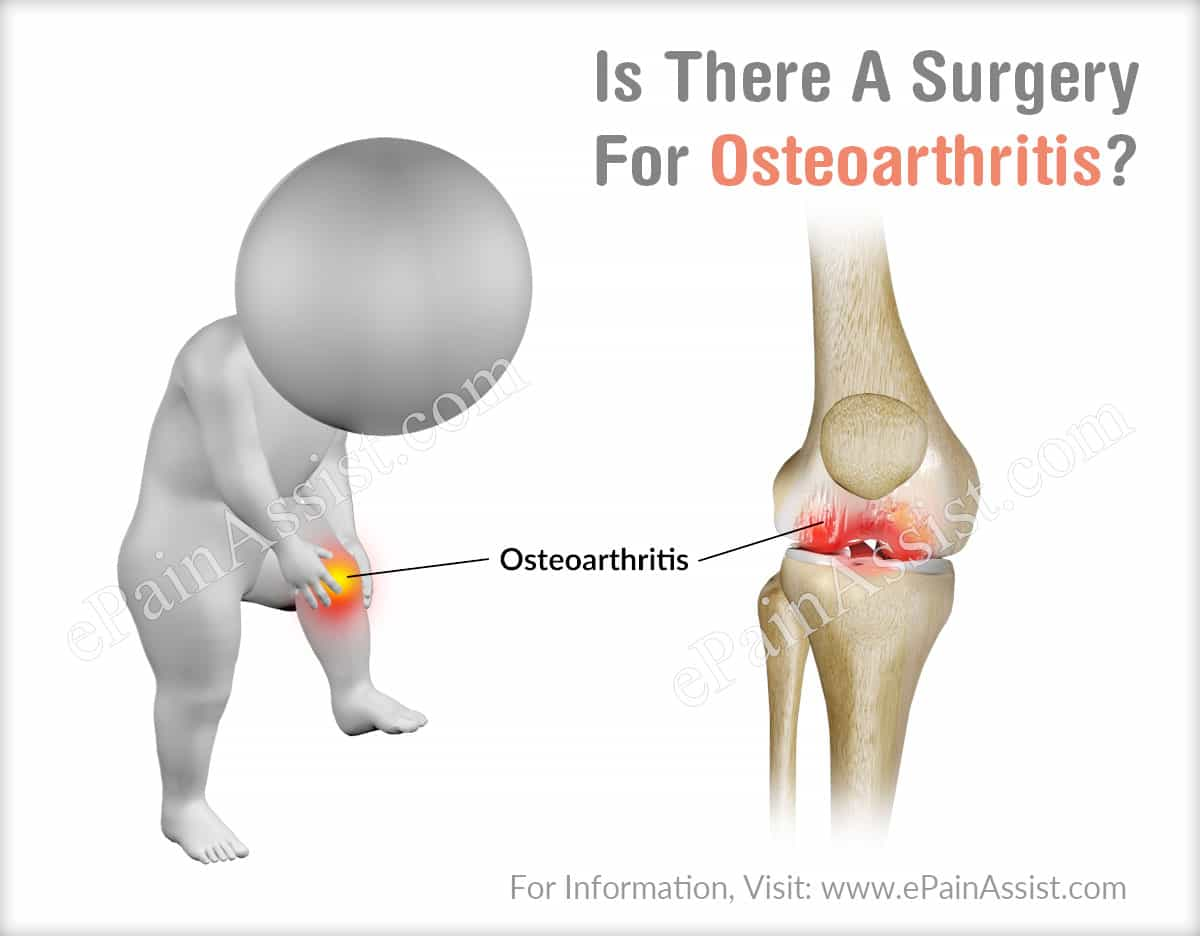Although symptoms of osteoarthritis are perhaps chronic and painful, yet it rarely progresses to worsening and will require surgery. Most cases of osteoarthritis are effectively managed through exercises and medications.
Your doctor will advise for surgery only when your condition is severe and other treatments have failed to provide relief that can result in degenerative spondylolisthesis or spinal damage. Surgery is often preferred for unstable joints going bigger over time.
Is Surgery Required For Osteoarthritis?

Osteoarthritis can be painful when it is inflamed and swollen. This occurs when the cushion between the bone loses flexibility and the soft and the rubbery cartilage rub against one another when there is a movement in the joint. This is the most common condition in aged people because as people grow older, their joints most likely wear out.
You can also have this problem when you are obese. When you show symptoms and your condition is identified, your doctor initially suggests lifestyle modification like pain therapy (hot and cold packs), strengthening exercises, immunosuppressants or natural sources of treatment. However, when your condition doesn’t improve, and the pain continues to progress you may require surgery.1
Is There Surgery For Osteoarthritis?
Surgery is typically based on the type of symptoms. There are different kinds of surgical treatments for osteoarthritis. This includes
Arthroscopy – This is a key procedure for diagnosing and treating joint-related diseases. Arthroscopy is perhaps a less invasive procedure with less pain and faster recovery. The doctor usually performs the surgery at the clinic or hospital using a specialized thin instrument and make a small incision. This instrument is referred to as an arthroscope fitted with a camera and lens to make a clear vision of the damaged joint.
After the surgery, the patients will require about 6 weeks to recover, however when the damage is severe, the recovery time can still be longer.
Total joint replacement (arthroplasty) – Arthroplasty for osteoarthritis is performed when the patient requires partial removal of arthritic and complete removal of damaged joints. The damaged bone is generally replaced with a metal, plastic or ceramic device called a prosthesis and acts as a normal joint in making your movements.
The most common joint replacement are knee, hip, shoulder, ankle and wrist bones. The recovery time depends on the replaced joints. Most patients can able to care for themselves, but the recovery varies between 4 months to a year.2,3
Total Knee Replacement (TKR) – This surgical procedure for osteoarthritis involves the replacement of damaged knee with an artificial substance. After knee replacement, you may have persistent pain when the implant gets loosened and this pain can be for years or decades.
To avoid complications, your doctor will advise certain instructions such as avoiding wearing pants while standing, using devices without bending much, sit in a firm chair with straight back and armrests.
Vertebral Fusion- Spinal fusion for osteoarthritis is surgery to fuse two or more vertebrae into one single structure and to treat back surgeries. There is a success rate for spinal fusion surgery and about 60-70% improve after surgery. 80% of patients have expressed satisfactory results after vertebral fusion surgery. In most cases, spinal fusions are more effective than non-surgical techniques for recurrent joint pains.
Laminectomy – This is one of the most common back surgeries for spine bones and ligaments that are pressing the nerves. However, there are a few potential complications noticed with this surgical technique. One of the major concerns is the neural tissue damage, a nerve injury resulting in temporary to a more severe permanent injury.4,5
No matter what surgery you undergo, this cannot be a substitute for a healthy lifestyle and physical activities.
- Surgical treatments for osteoarthritis – ScienceDirect https://www.sciencedirect.com/science/article/pii/S1877065716300355
- Surgery for Osteoarthritis (OA): When Is It Necessary? – WebMD https://www.webmd.com/osteoarthritis/osteoarthritis-surgery-for-joint-pain-relief#1
- Current Surgical Treatment of Knee Osteoarthritis – Hindawihttps://www.hindawi.com/journals/arthritis/2011/454873/
- Knee Osteoarthritis Surgery – Practical Pain Management https://www.practicalpainmanagement.com/patient/conditions/osteoarthritis/knee/knee-osteoarthritis-surgery
- Will I Need Knee Surgery for Osteoarthritis? https://www.everydayhealth.com/hs/osteoarthritis/will-i-need-knee-surgery/
Also Read:
- Link Between Rheumatoid Arthritis and Your Mental Health
- Does Cold Weather Affect Osteoarthritis & What Triggers An Osteoarthritis Flare-Up?
- How Do You Stop Osteoarthritis From Progressing & Does It Hurt All The Time?
- What Are The 4 Stages Of Osteoarthritis & At What Age Does It Begin?
- Will Osteoarthritis Cripple Me & Can It Cause Fatigue?
- Which Is Worse Osteoarthritis Or Arthritis & Is Osteoarthritis Hereditary?
- What is Thumb Arthritis & How is it Treated?: Causes, Symptoms, Diagnosis of Thumb Arthritis
- Exercising With Arthritis
- Self-Care Tips For Osteoarthritis Patients
